Editor’s note: Be sure to listen to our podcast on saving the Cherokee language—Episode 30 of America the Bilingual, “A New Generation of Cherokee Speakers Rises.”
When is an alphabet not an alphabet? When it is the syllabary of the Cherokee language. A Cherokee named Sequoyah invented it in 1821. He had seen non-Native soldiers reading from what he called “talking leaves”—words on paper—and was determined to find a way for the Cherokee to do the same.
Sequoyah (ca. 1776 – ca. 1843) was used to making tools for his work as both a blacksmith and a silversmith. Creating “talking leaves,” however, was quite another matter.
But he listened—hard—to his language, and found that it lent itself not to letters of an alphabet, but to syllables: one symbol for each of 85 syllables.
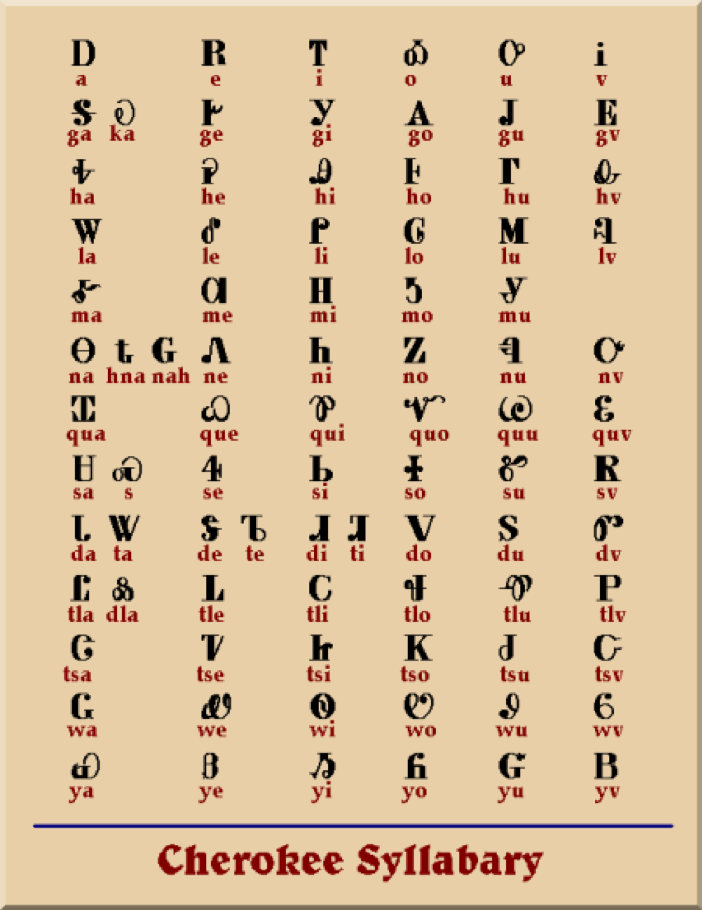
Initial skepticism among the Cherokees quickly turned to acceptance and rapid adoption of their new written language. By 1828, the Cherokees were publishing a newspaper in their language. It was the first Native American newspaper in the United States.
The Cherokees were also far outpacing the European settlers in literacy rates.
A towering contribution
Sequoyah is the only known person to single-handedly create a system of writing. He died during a journey to Mexico. The details of his death are few, but he lives on in every syllable of Cherokee writing put to paper or pixel.
Sequoyah’s home in Oklahoma, which the sovereign Cherokee Nation now owns, was designated as both a National Historic Landmark in 1966 and a National Literary Landmark in 2006.
—Mim Harrison
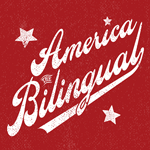
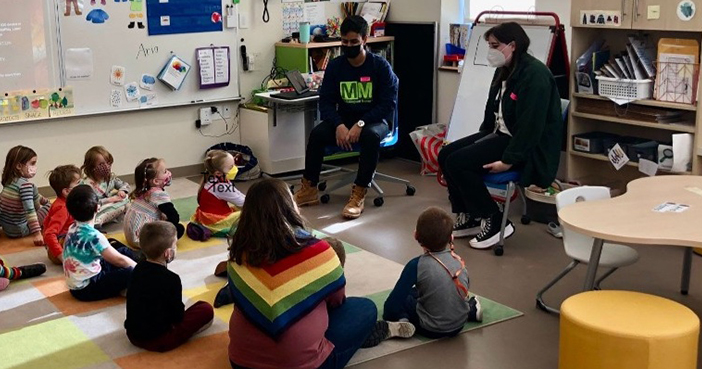

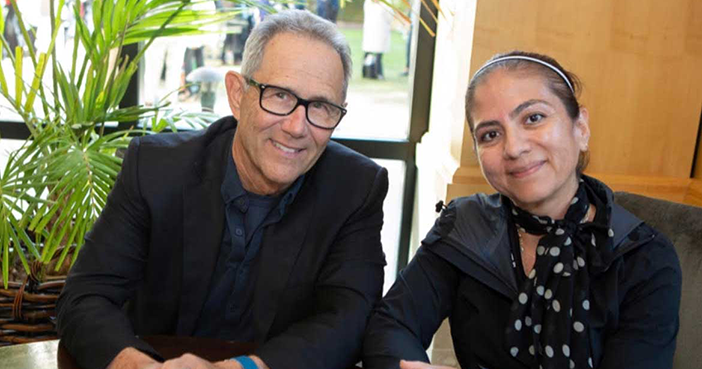
 You can book Steve for many different audiences
You can book Steve for many different audiences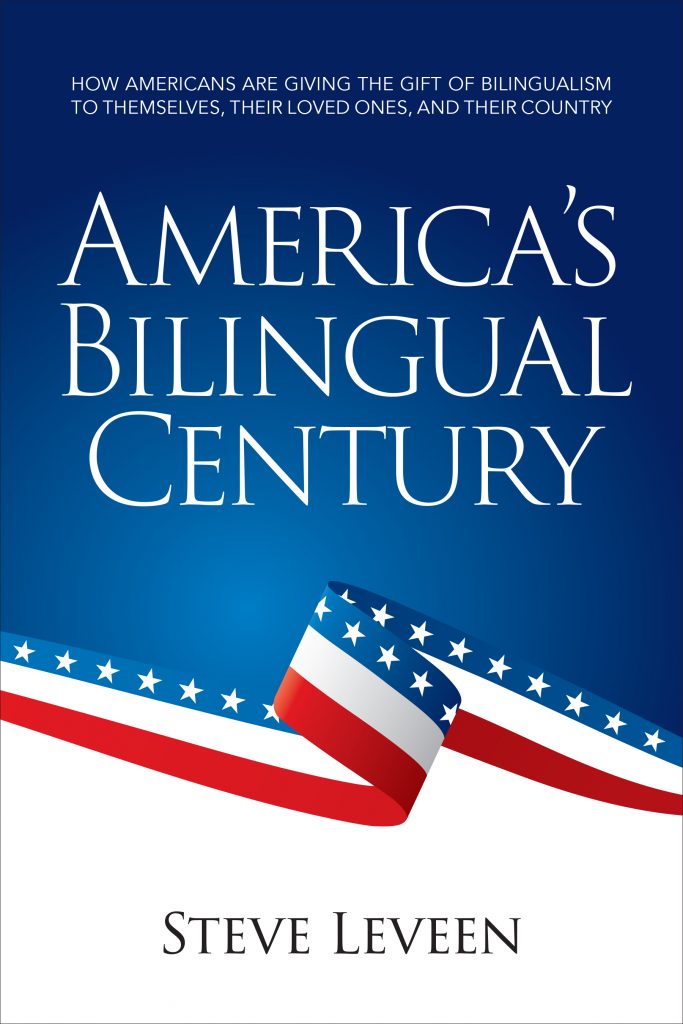
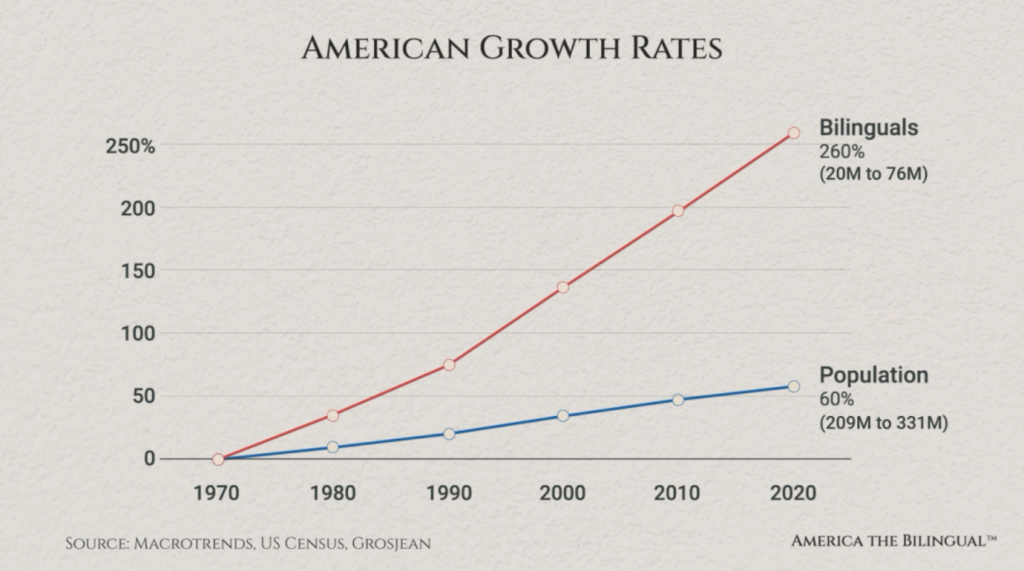
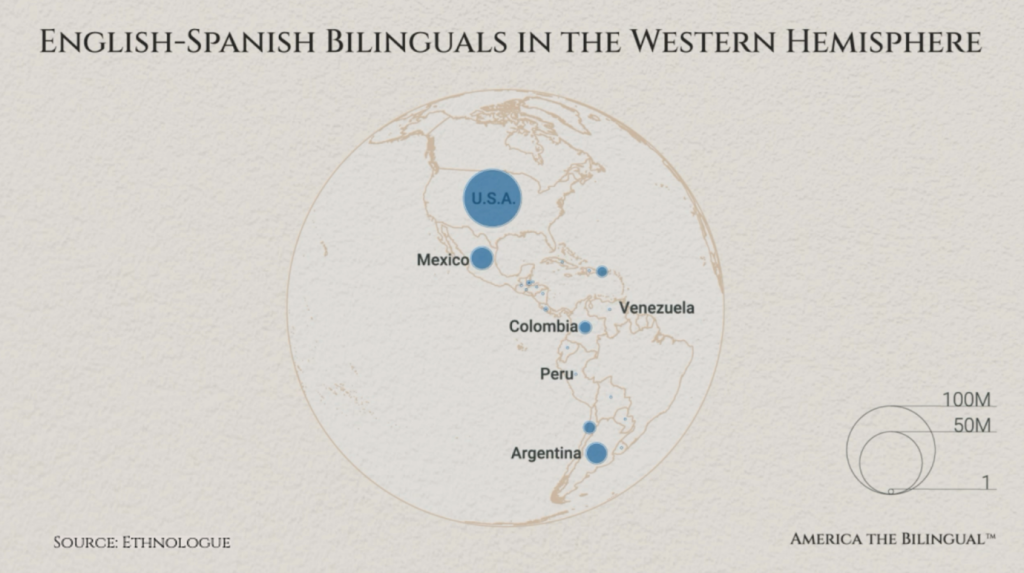


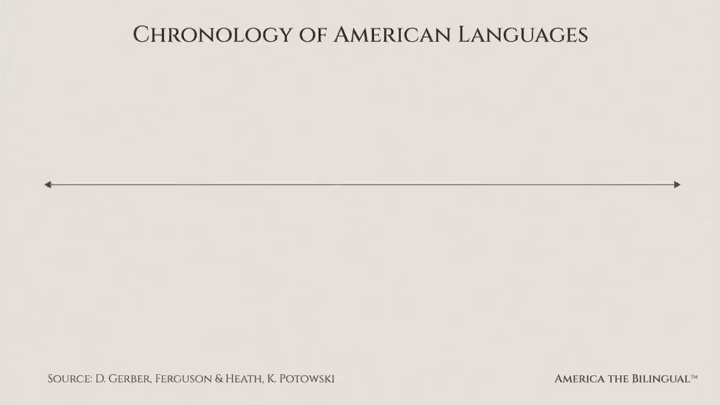


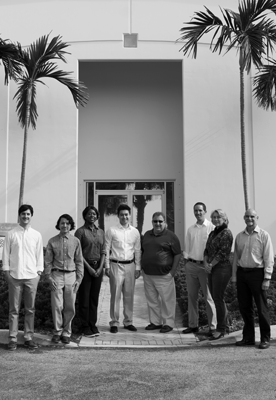
 First, know that she has one of those glorious English accents (or what all of us who are not English would call an accent), which makes her a natural for the audio book narration that she does. Although U.S. born, Caroline grew up in England and studied literature at the University of Warwick (fyi for American ears: that second “w” is silent).
First, know that she has one of those glorious English accents (or what all of us who are not English would call an accent), which makes her a natural for the audio book narration that she does. Although U.S. born, Caroline grew up in England and studied literature at the University of Warwick (fyi for American ears: that second “w” is silent).




Leave A Comment